What happened in the ring — and what the video shows
The clip is hard to watch. During a KnokX Pro Wrestling show in the San Fernando Valley on Saturday night, Raja Jackson — an MMA fighter and the son of former UFC champion Rampage Jackson — slid into the ring in the middle of another match and went after Stuart Smith, known to fans as “Syko Stu.” He lifted Smith, threw him to the mat, mounted him, and delivered a flurry of punches to the head and face. Witnesses say it was more than two dozen strikes. Smith appeared to be unconscious and bleeding before other wrestlers piled in and pulled Jackson off.
Smith, 44, was rushed to a hospital with serious injuries. A wrestler who helped break up the attack, Douglas Malo, said Smith suffered broken facial bones and lost “a lot of teeth.” Medical staff said he was awake and talking later, but the damage was significant.
The show was being live-streamed on Kick, which means the violence spread online in real time. Kick has since banned Raja Jackson’s account.
Los Angeles police confirmed officers responded to the venue and took a report. A formal investigation is underway.
By Sunday morning, the fallout was in full swing. Rampage Jackson posted a public apology on X, saying, “I don’t condone my son’s actions AT ALL!” He added that Smith was awake and stable at the hospital, and then gave his version of how things spun out.
According to Jackson, his son took a concussion in sparring days earlier and “had no business” doing anything physical. He said Smith had hit Raja in the side of the head moments before and that Raja was told he could “get his payback” in the ring, believing it was part of a planned wrestling bit. “It was bad judgement, and a work that went wrong,” Jackson wrote. “Raja is an MMA fighter not a pro wrestler and had no business involved in an event like this.”
KnokX Pro Entertainment & Academy issued a statement condemning what happened as “a selfish, irresponsible act of violence,” saying a “planned and agreed upon wrestling spot” became “reprehensible” and “never should have occurred.” The academy apologized to fans and said it’s monitoring Smith’s condition.
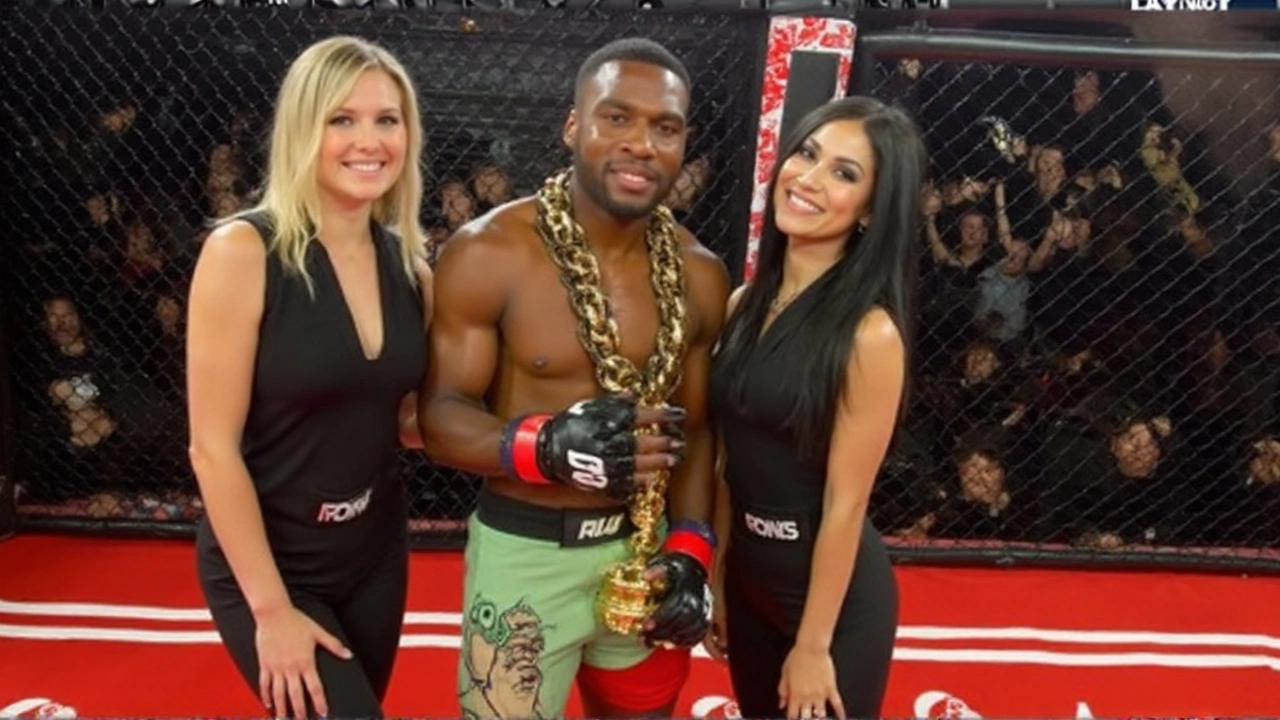
Where the blame lands — and the bigger questions this raises
Pro wrestling is theater with real risk. The hits are coordinated, not random. Performers rehearse. They know where to stand, how to fall, and how to protect each other while making it look brutal. When someone who isn’t trained in that system throws full-power, unscripted shots — especially to the head — the danger spikes.
That’s exactly why crossovers from combat sports require careful planning. MMA fighters are wired to finish when an opponent looks hurt; pro wrestlers are trained to control the moment and wait for cues. If there was a “payback” spot planned here, the execution collapsed the moment real strikes began landing. It only takes one stiff punch on the ground to break facial bones. A flurry can do far worse.
There’s also the concussion issue. Standard return-to-play guidance — whether from team doctors, athletic trainers, or concussion clinics — says no contact until cleared by a medical professional. That means no run-ins, no bumps, and no “little bit of action.” Even light activity can go sideways when balance, vision, and reaction time aren’t right. If Raja Jackson had symptoms, he shouldn’t have been anywhere near a physical segment.
So how did this happen in front of a crowd, on a livestream, with multiple wrestlers and staff on hand? The short answer: controls failed. Promotions typically assign a producer or agent to walk through spots and set clear boundaries, especially when a non-wrestler or crossover athlete is involved. Everyone gets told what is and isn’t allowed. If there’s a receipt — wrestling slang for an in-ring payback — it’s usually controlled: open-hand strikes, light contact, and clear signals to stop.
When those protocols are ignored or misunderstood, the result looks like this: a performer on the ground taking real damage; colleagues diving in to stop it; medics and police called; a promotion issuing statements while the video races around the internet.
Here are the key points the investigation will likely focus on:
- Who cleared Raja Jackson to appear in the segment, and what instructions were given?
- Was there a formal walkthrough or rehearsal, and who supervised it?
- What did performers and staff understand “payback” to mean in that context?
- Did anyone know about the reported concussion, and if so, was a medical clearance required?
- At what point did staff decide the segment had turned into a real fight, and how quickly did they intervene?
The legal picture is still forming. Police have a report and video evidence, which removes a lot of ambiguity about what happened physically. Whether prosecutors file charges will hinge on witness statements, medical reports, and whether this is viewed as a mutual, scripted act gone wrong or a one-sided assault. Separate from criminal exposure, there’s the civil side: medical bills, lost work, and potential damages for pain and suffering.
For KnokX Pro, the incident cuts to credibility. The academy says it has operated for 17 years. That kind of tenure usually comes with clear safety routines, especially in an era where cameras catch everything. The statement’s tone — firm condemnation, direct apology — suggests the promotion knows trust has to be rebuilt.
The streaming angle matters too. Kick banned Raja Jackson’s account after the broadcast. Platforms are under pressure to clamp down on violent content, especially when it’s live. Wrestling promotions that stream shows are now, in effect, live TV producers. They need delay buffers, trained security, and a plan for when a segment jumps the rails.
Inside the wrestling world, the consensus is simple: workers keep workers safe. That unwritten rule is one of the sport’s oldest norms. MMA crossovers can work — we’ve seen fighters do great in pro wrestling — but it takes humility from the athlete, clear guardrails from the promotion, and a veteran in the ring calling the shots.
For now, Smith remains the centerpiece of the story. He’s the one recovering from broken facial bones and heavy dental damage. The academy says it’s tracking his condition. Industry peers are watching for updates on surgery, recovery time, and whether he’ll be able to return to the ring.
What comes next is routine in structure, but not in stakes. Police will interview witnesses and review footage. The promotion will weigh suspensions or bans. Insurance and medical claims will start. And the wrestling community — fans and performers alike — will ask the same question: how do you promise entertainment and deliver safety at the same time?
There’s a hard lesson in this. Athletic toughness doesn’t transfer automatically between sports. The habits that win MMA fights — finish fast, hit hard, don’t hesitate — are the exact instincts that can ruin a wrestling segment. Without training and trust, what’s supposed to be a “work” can turn into a shoot in seconds. On Saturday night, everyone saw what that looks like.
As the investigation continues, several facts are clear: a performer is badly hurt, the video is everywhere, and the people involved aren’t disputing that things went too far. What’s in dispute is how it got there — miscommunication, bad planning, bad judgment, or all three. That’s the part the LAPD, the promotion, and the public will want answered.
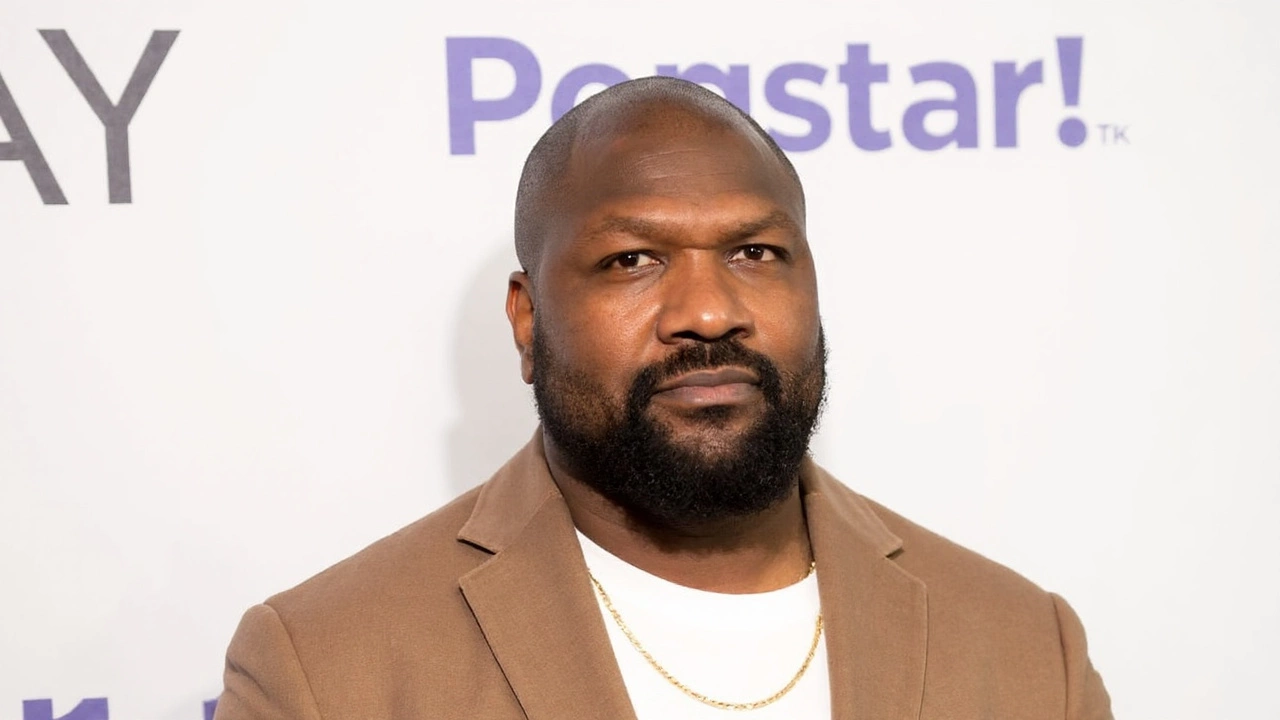

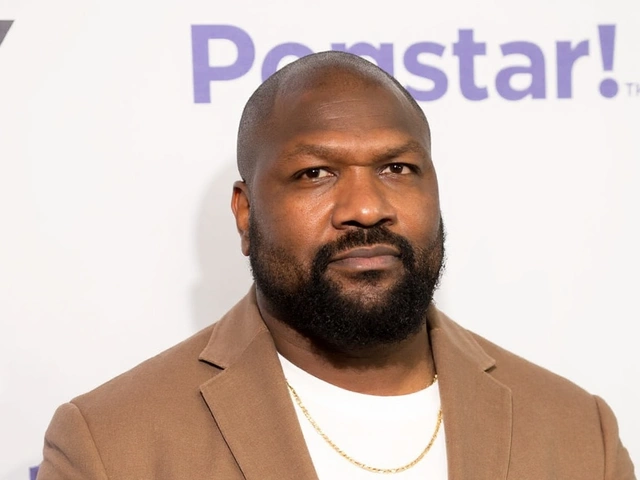

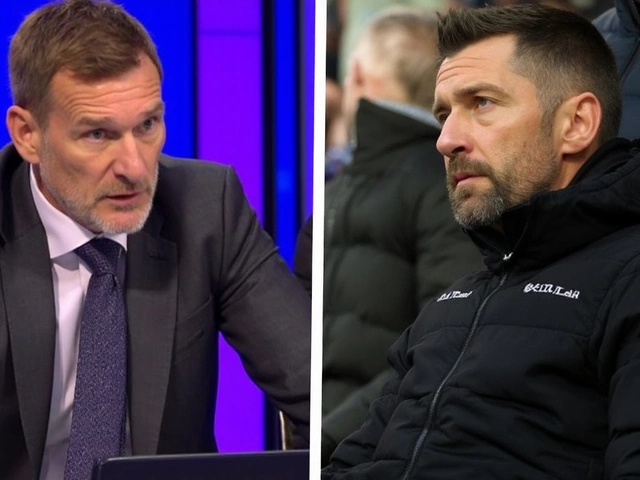
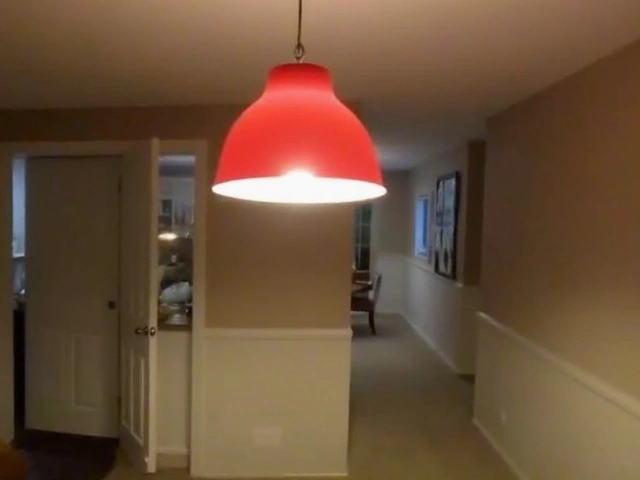
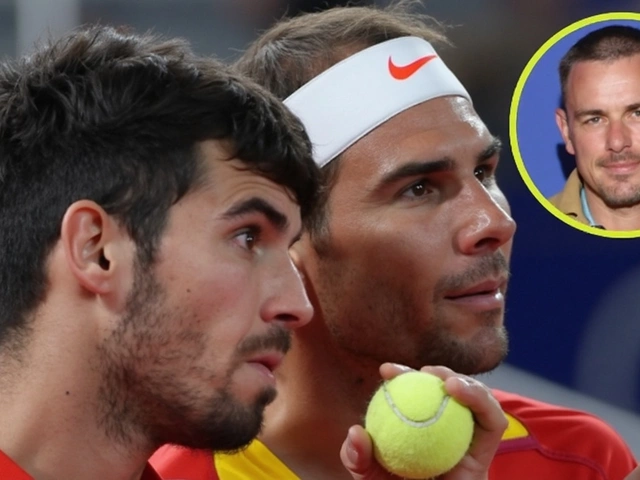

Write a comment